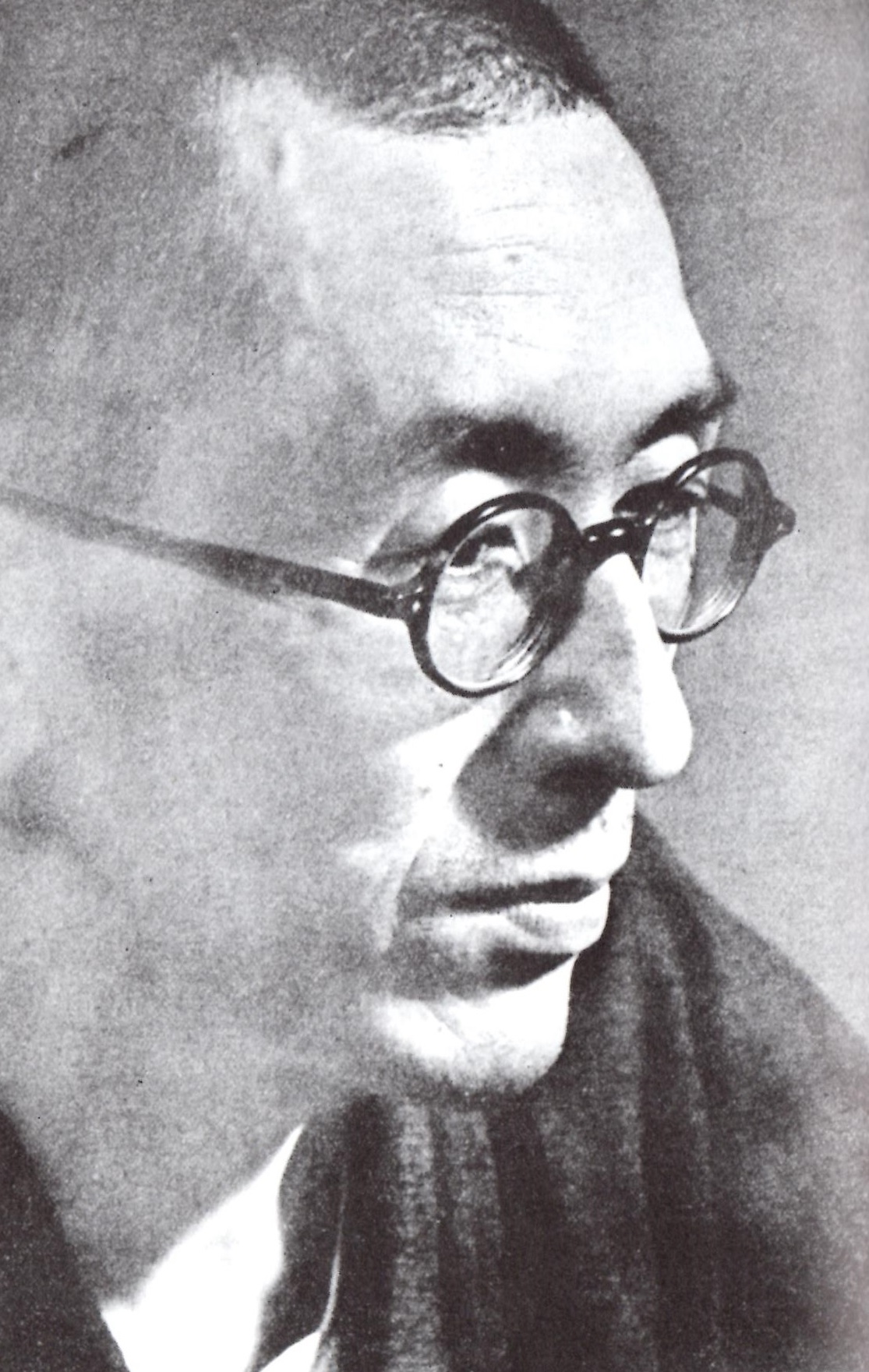Search Results - Serizawa, Keisuke 1895-1984
Keisuke Serizawa
 was a Japanese textile designer. In 1956, he was designated as a Living National Treasure by the Japanese government for his ''katazome'' stencil dyeing technique. A leading member of the ''mingei'' movement founded by Yanagi Sōetsu, Serizawa visited Okinawa several times and learned the Ryūkyū ''bingata'' techniques of dyeing. Chōsuke Serizawa (Archaeologist) was his son.
was a Japanese textile designer. In 1956, he was designated as a Living National Treasure by the Japanese government for his ''katazome'' stencil dyeing technique. A leading member of the ''mingei'' movement founded by Yanagi Sōetsu, Serizawa visited Okinawa several times and learned the Ryūkyū ''bingata'' techniques of dyeing. Chōsuke Serizawa (Archaeologist) was his son.His folk-art productions included kimono, paper prints, wall scrolls, folding screens, curtains, fans, and calendars. He also produced illustrated books, including ''Don Quixote'', ''Vincent van Gogh'' and ''A Day at Mashiko''.
In 1981, the Municipal Serizawa Keisuke Art Museum was opened in the city of Shizuoka. Another museum, the Serizawa Keisuke Art and Craft Museum was opened in 1989 in Sendai. Other museums that hold his work include the Brooklyn Museum, the Metropolitan Museum of Art, the Harvard Art Museums, the Seattle Art Museum, the British Museum, the University of Michigan Museum of Art, and the Museum of New Zealand.
"The distinguishing trait of Serizawa's ''katazome'' method is the use of the starch mixture to create, not a colored area as is current in direct-dyeing process, but a blank, undyed one that forms a part of the pattern and that can later be colored by hand in multi-color or monochrome as the designer sees fit." Provided by Wikipedia


